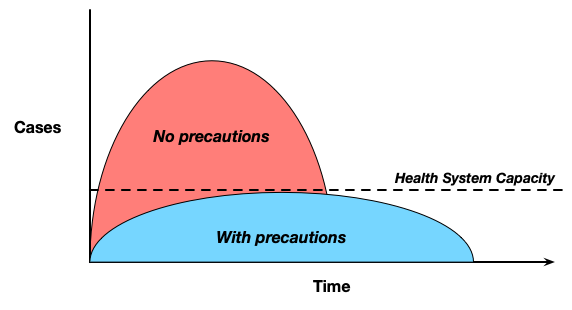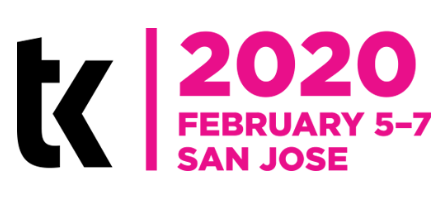So, last week, I asked the musical question: where are we going most wrong? I followed that up asking what most would help. I also suggested that I had my own answers. So I have answers for each. My answer for the first part, where we’re going wrong, is somewhat complex. But for the second, I’m thinking that the biggest opportunity is making learning meaningful. My thoughts…
So, where we go most wrong is, to me, tied together. I think it’s mostly that we’re starting on the wrong foot. We’re not ensuring that we’re addressing the real problem. We take orders for courses, and then take what the experts tell us needs to be in. This gives us the wrong objective, the wrong content, and the wrong practice!
I’ve suggested that measurement might be the best solution for this. If we measured our impact (not our efficiency), that drives us to focus on things were we can make a difference. Time for a shout out to Will Thalheimer and LTEM (or whatever it becomes). Or use appropriate techniques instead of throwing a course at everything.
If we had the right objective, there’s still the challenge of making sure we’re talking about ‘do’, not know. However, I think it’s less likely.
Most importantly, I think there’s good support for evidence-based learning design. Whether it’s Michael Allen, Julie Dirksen, Cathy Moore, Patty Shank, Mirjam Neelen, or someone else, there’s good guidance for design. Basically, how to create practice that aligns with outcomes, resource with models and examples, etc.
One area, however, I think we reliably get wrong and there’s not as much guidance for, is making learning meaningful. Not only is Keller the only ID theorist talking about the emotional side, there’s not much other systematic guidance. Rance Green’s new book on instructional story design gives a good stab, but I think there’s more. And while Nick Shackleton-Jones book has some good ideas, his model also has a fundamental flaw.
And I have addressed this. My book Engaging Learning was about designing games for learning, but the alignment at the core is applicable to making learning personally relevant. And, of course, my thinking’s continued. I’ve been digging in deeper into the emotional side.
So, my thinking is that this might be an area to really unpack and get concrete about. It’s been part of my approach to LXD, but I’m wondering about not trying to cover all the learning science, and focus on the unique elements of engagement. I’m signed up to speak on it at the Learning and Development Conference, but the question is whether I start doing more. Should I focus on making learning meaningful? And I really, really welcome your thoughts on this!

